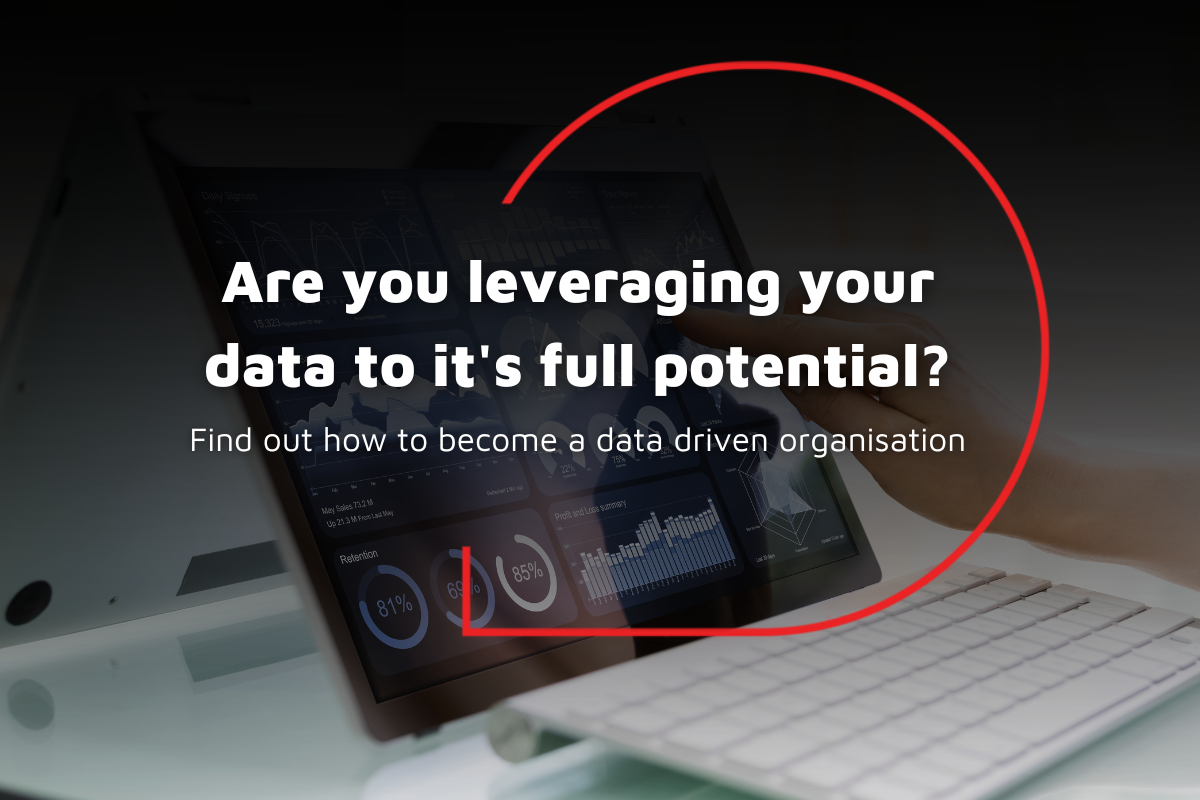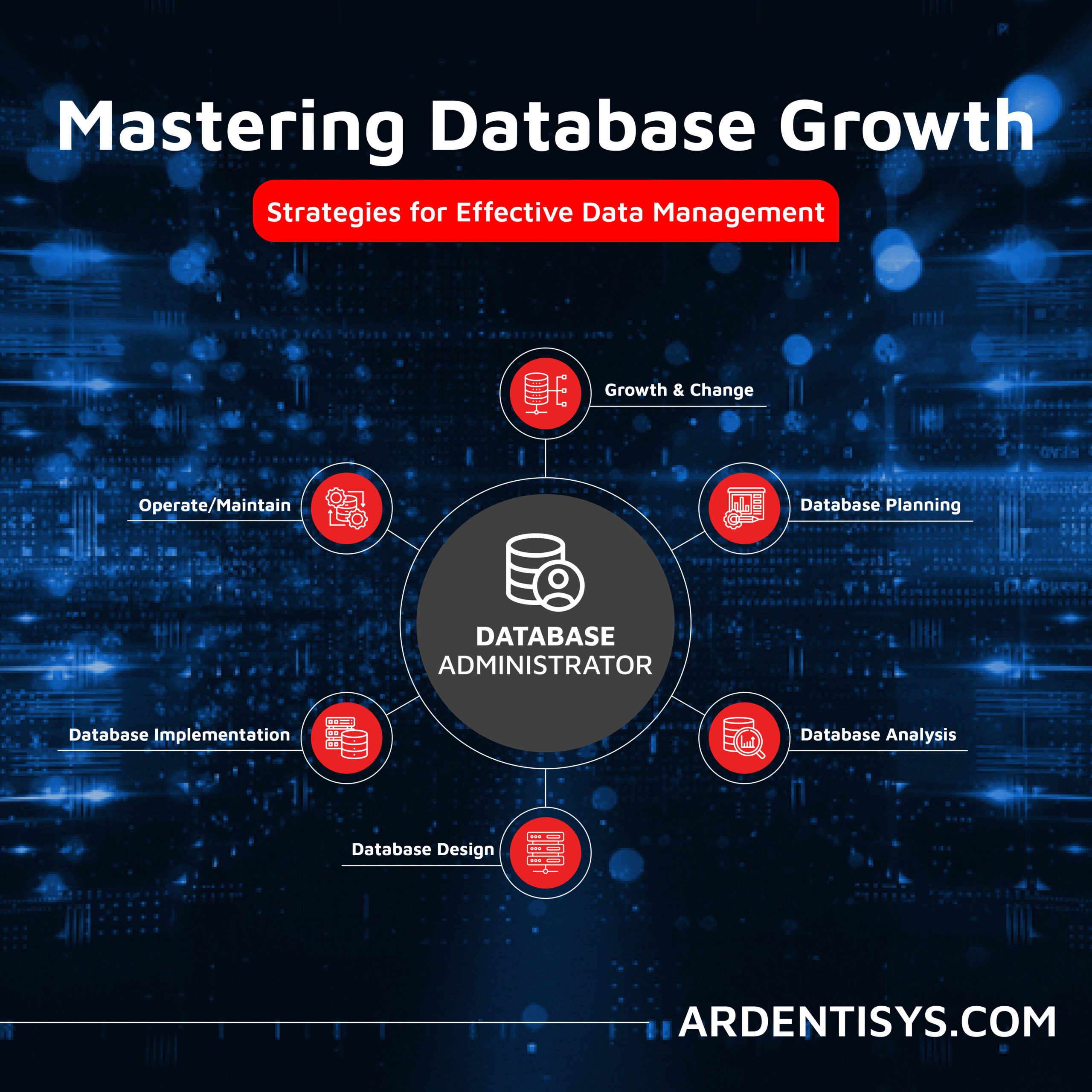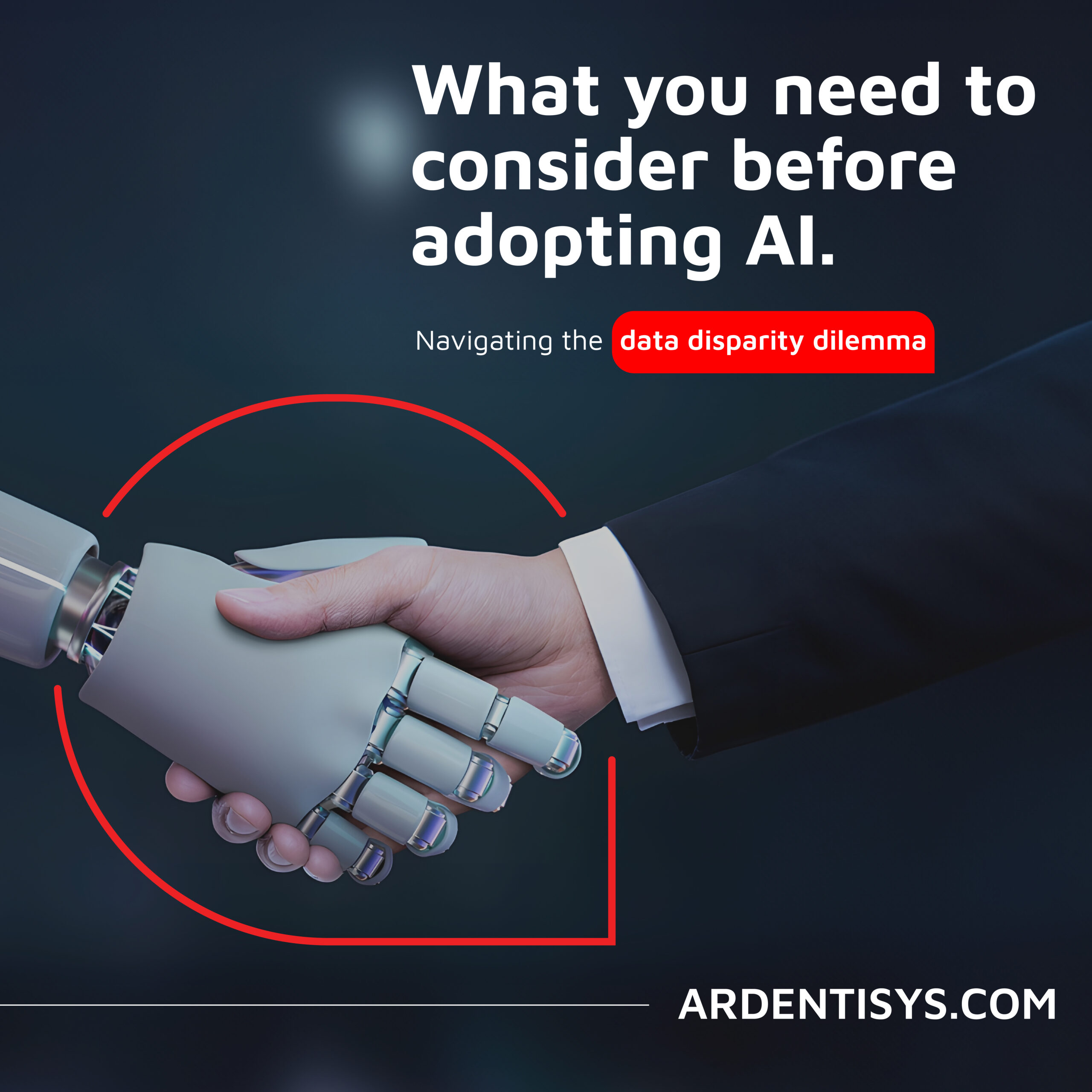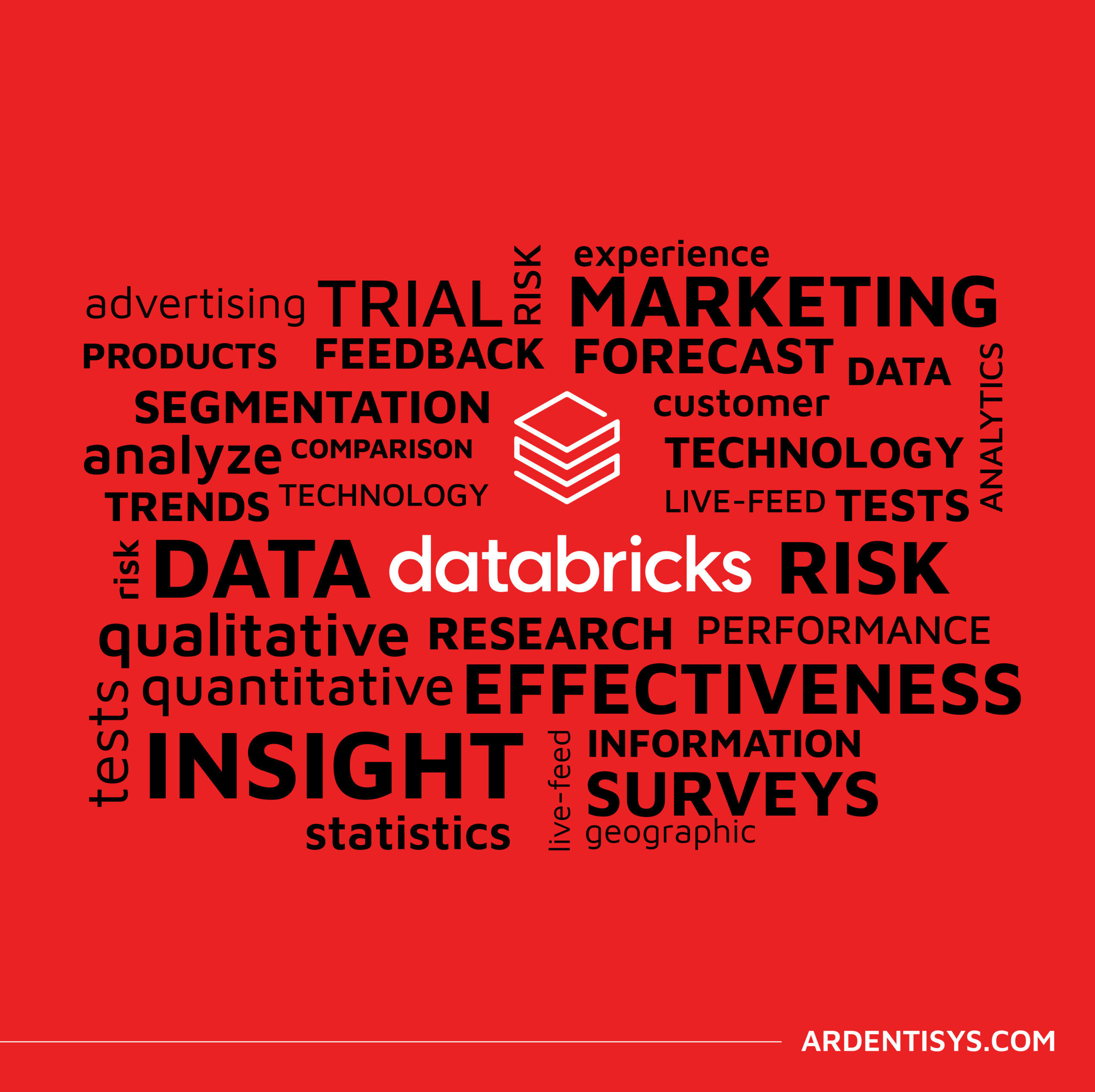Building a data-driven organisation, a guide with insights from experts
20 March 2023 | Noor Khan

According to McKinsey Global Institute, data-driven organisations are 23 times more likely to acquire new customers, 6 times more likely to retain customers and 19 times more likely to be profitable. Those figures alone should provide an incentive for every organisation to invest in their data and take a data-driven approach and apply it across their business. Some of the biggest brands in the world the likes of Netflix and Disney invest millions in their data, which they get a significant return on.
In this article, we will look at building a data-driven organisation, what it means, what it entails, the key benefit and much more.
What is a data-driven organisation?
A data-driven organisation is an organisation that successfully adopts a data-driven culture by investing in data to enable intelligent strategic decision-making across all areas of the business. Understanding that your data is a strategic asset will help organisations utilize it to make big investment decisions as well as everyday decisions.
Examples of data-driven organisations
You will find that many of the biggest and most well-renowned brands are utilising their data to drive success and growth, across multiple industries. Below are some examples of data-driven organisations to inspire you to get started on your data journey.
Netflix, a self-proclaimed data-driven organisation
Netflix is one of the leading streaming sites and they continuously leverage their data, with Machine Learning (ML) to provide personalised recommendations to the user. Netflix is a self-proclaimed data-driven organisation as highlighted on their website and they delve into large volumes of complex data to ‘discover and assess new opportunities, create new business metrics to measure success, and inform prioritization’.
Starbucks making smart investment decisions
Starbucks makes smart investment decisions for their new store openings driven by insights from a variety of data including location data such as flow of traffic, social data and demographic data. This provides a better understanding of how a store would perform in a particular location to either support or oppose the opening of that branch. Starbucks has taken this data-driven approach to drive its investment decisions since 2014 and it has paid off as they continuously use data to open branches in profitable locations.
North Face offers a superior customer experience
A well-known clothing brand, North Face leverage their data to provide a tailored and personalised experience to their customers on their mobile app. Starting by asking a few questions, accompanied by data on voice recognition and purchase tracking, they can meet their customer expectations to drive conversions.
How do you benefit from being a data-driven organisation
There are invaluable benefits of building a data-driven organisation and they include the following:
Better strategic decision making
Gaining data visibility will drive better more strategic decision-making. According to BARC research, around 69% of organisations were able to improve decision-making. Data can drive well-informed business across an entire organisation, whether that is to build better customer relationships or identify opportunities and gaps in the market to launch new products and services.
Control of operational processes
Visibility over operational processes is a huge challenge for organisations of all sizes. With a data-driven approach, businesses can gain better visibility to have improved control over their operational processes. This can also enable leaders to find growth opportunities, risks to mitigate and gaps to fill. 54% of businesses successfully leveraging their big data have better control of their operational processes according to BARC.
Improved understanding of customers
52% of businesses found they had a better understanding of their customers as a result of investing in their big data. Improved understanding of customers can offer a wealth of opportunities for businesses looking to build loyalty, grow business and identify any areas which require improvement.
Competitive advantages
Those businesses investing in their data have a significant competitive advantage over their counterparts. According to the fifth insight, customer-centric businesses, that harness their data to gain powerful insights are growing 30% more than those who remain oblivious to data can do for them.
Steps to building a data-driven organisation
There are two key steps in building a data-driven organisation and they are as follows:
- Build a data-driven culture, placing data at the heart of your organisation
- Building data capabilities to garner rich insights to reap the benefits on offer
Building a data-driven culture
One of the biggest challenges organisations may face is resistance to change when it comes to a cultural reset. However, getting your teams on board is essential to the success of your data endeavours. Implementing a data-driven culture across your entire organisation will take time and resources, however, it can be broken down by the 4 Es of data:
- Engage in making decisions based on your data
- Educate everyone in the businesses, across departments and teams
- Eliminate the blockers that will inherently present themselves
- Enable your teams by empowering them with the tools and technologies
Building data capabilities
Getting started with building data capabilities will require significant time and resources depending on the approach you take, the data you have, the purpose of your data activity and the organisation's goal. Speaking in general terms, the following are some of the key steps in building your data capabilities:
- Establishing organisation and data goals and objectives
- Deciding on an in-house or outsourcing approach to your data engineering
- Which results in building a high-performing data engineering team or finding the right data engineering company for your projects
- Identifying key sources of data can range from social media data, CRM/Saas data, software databases, survey data etc.
- Building data pipelines to Extract, Transform, and Load (ETL) data
- Choosing the right data storage infrastructure to suit your needs; data warehouse or a data lake
- Selecting the Business Intelligence/Data reporting tools for data analytics purposes
Once these steps are followed, organisations will need to ensure they have data governance practices in place to ensure data security.
Become a data-driven organisation with Ardent
At Ardent, our data engineering team have empowered organisations across industries to adopt a data-driven organisation to become more competitive, make insightful, data-driven decisions and better understand their customers. Discover some of our clients succeeding as data-driven organisations:
- Fortune 500 company monetizing broadcasting data with expert operational monitoring and support to ensure timely availability of real-time, mission-critical data.
- Gaining powerful insights to drive growth with robust, scalable data pipelines built on AWS infrastructure
If you are looking to take your first steps towards building a data-driven organisation, or have already begun your journey and need assistance, whether that’s building data infrastructure or optimising your existing processes, we can help. Get in touch to unlock the potential for your data.
Ardent Insights

Overcoming Data Administration Challenges, and Strategies for Effective Data Management
Businesses face significant challenges to continuously manage and optimise their databases, extract valuable information from them, and then to share and report the insights gained from ongoing analysis of the data. As data continues to grow exponentially, they must address key issues to unlock the full potential of their data asset across the whole business. [...]
Read More... from Building a data-driven organisation, a guide with insights from experts

Are you considering AI adoption? We summarise our learnings, do’s and don’ts from our engagements with leading clients.
How Ardent can help you prepare your data for AI success Data is at the core of any business striving to adopt AI. It has become the lifeblood of enterprises, powering insights and innovations that drive better decision making and competitive advantages. As the amount of data generated proliferates across many sectors, the allure of [...]
Read More... from Building a data-driven organisation, a guide with insights from experts

Why the Market Research sector is taking note of Databricks Data Lakehouse.
Overcoming Market Research Challenges For Market Research agencies, Organisations and Brands exploring insights across markets and customers, the traditional research model of bidding for a blend of large-scale qualitative and quantitative data collection processes is losing appeal to a more value-driven, granular, real-time targeted approach to understanding consumer behaviour, more regular insights engagement and more [...]
Read More... from Building a data-driven organisation, a guide with insights from experts






